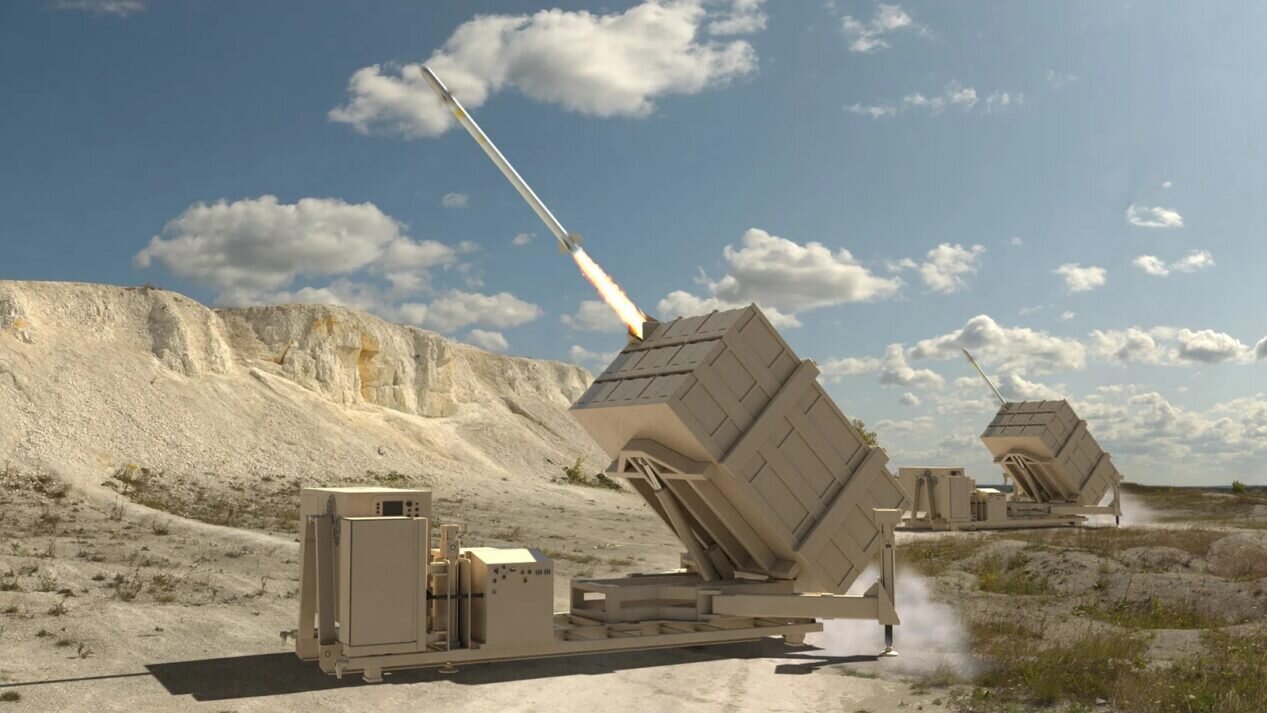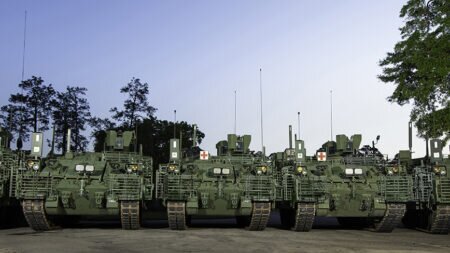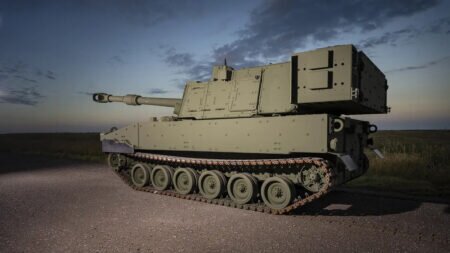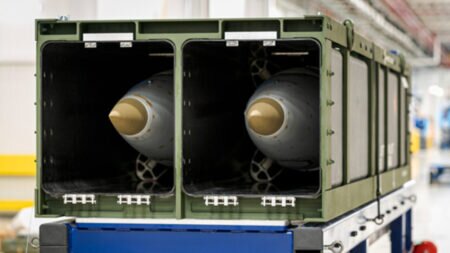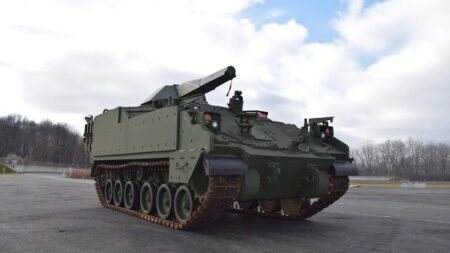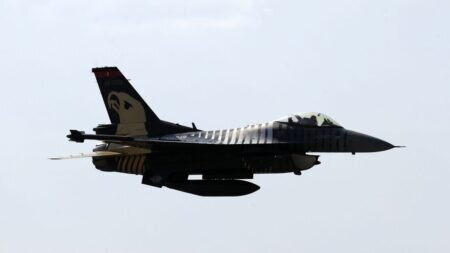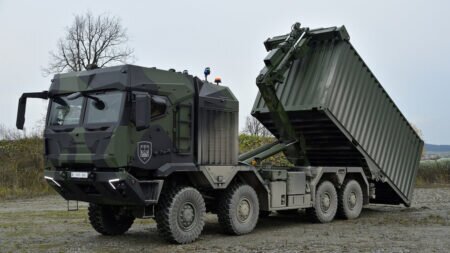Defense firm Dynetics is now more than a year late delivering its first Enduring Shield air defense launcher prototype to the US Army, but the service contends that a revamped test plan has kept the overall program on track.
When the Army first selected the developmental launcher for its Indirect Fire Protection Capability Increment 2 (IFPC Inc 2) program, it anticipated receiving the first launcher by Sept. 30, 2022. That date has continued to slide, quarter by quarter, due to supply chain woes. By late May, for example, an Army spokesman told Breaking Defense the service expected to receive the first launcher by the end of September, but that date came and went as well.
“The Army has not yet received deliveries of launchers,” the same Army spokesman told Breaking Defense on Oct. 12 in emailed responses to questions, adding that the new delivery goal is December 2023.
“The schedule has been adjusted to align operational assessment” with the integrated fires test campaign in 2024, the spokesperson said. “We are working with our industry partners to mitigate any challenges identified to maintain schedule.”
If Dynetics is able to begin delivering the launchers later this year and maintain the current delivery schedule, the Army now anticipates receiving all 16 launcher prototypes by February 2024.
In a statement to Breaking Defense, the Leidos-owned company said that “[g]lobal supply chain challenges impacted fabrication of electrical and mechanical components early in Enduring Shield’s prototype build phase. This led to unrecoverable time delays to the original delivery schedule.
“Dynetics and the U.S. Government have worked closely together on minimizing impacts to the overall program with a variety of concurrent development and integration activities. The prototype launchers are mostly complete, and internal tests and soldier demonstrations are already being initiated. The government plans to take over testing of these systems in early 2024,” the company said. “Enduring Shield is a key piece to strengthening the nation’s air defenses against global threats. The architecture of the launchers is adaptable to fit the U.S. Army’s layered defense strategy now — and in the future. The system is also designed for capability growth should the Army need it.”
As the service awaits the new launcher, RTX has begun delivering the 60 initial interceptors to be fired from the launcher — the ground-launched AIM-9X Sidewinder. Although the government still needs to verify climatic test results, so far, contractor-led testing indicates that thermal management problems associated with launching the weapon from the ground instead of the air have been mitigated, the service spokesman said.
“Thermal management mitigation efforts include the addition of fans within each AIM-9X canister and the addition of solar shielding to the all-up round magazine,” he added.
Looking into the future, if the IFPC Inc 2 launchers and AIM-9X are delivered in time and subsequent testing pans out, the Army wants the development system in as part of its incremental Integrated Fires Test Campaign in 2024, and pair the air defense capability up with the Integrated Battle Command System (IBCS) and the Lower Tier Air and Missile Defense Sensor (LTAMDS) radar, Army Col. Chris Hill, the project manager of the Integrated Fires Mission Command Project Office, told reporters in August.
As of now, this plan is still a go, the Army spokesman said.
Then by 2027, the goal is to have those three core capabilities also tied together with the Long Range Persistent Surveillance (ALPS), Lockheed Martin’s Remote Interceptor Guidance-360 (RIG–360), Sentinel A3 and A4 radars.
Ultimately, such an air defense architecture is a one the Pentagon and Army want to field on Guam to protect the US territory from incoming aerial threats.
Meanwhile, the latest launcher delivery delay comes as the spotlight shines on another missile defense system, Israel’s Iron Dome, that lost the IFPC Inc 2 competition in 2021. While that system has been successful historically in Israel, it reportedly struggled to defend the Middle Eastern nation against an unprecedented barrage of rocket attacks since Hamas’s deadly assault on Oct. 7.
While Israel and US air defense needs are different, the Army’s pathway for fielding an IFPC capability to down incoming cruise missiles, unmanned aircraft systems, as well as rockets, artillery and mortars, has been long, windy and littered with detours, including an Iron Dome buy.
That road included canceling a previous iteration of the program under which Dynetics was helping to design the Multi-Mission Launcher (MML) that also used the AIM-9X Sidewinder as the baseline weapon. According to an October 2018 report to Congress, the service killed the initiative, in part, over the MML reload and refill procedures and thermal issues associated with launching the AIM-9X Sidewinder Block II from the ground.
While service leaders decided how to proceed, lawmakers stepped in, requiring the Army to field an interim solution. It ultimately opted to buy two Iron Dome batteries that it has now fielded and trained soldiers at Joint Base Lewis-McChord in Washington on how to use. But Army officials have raised cybersecurity concerns about integrating those Israeli-made batteries into its larger air defense architecture, and ultimately selected the Dynetics-Raytheon IFPC Inc 2 bid over the Iron Dome backed by a Rafael-Raytheon team.
Source: Breaking Defense

